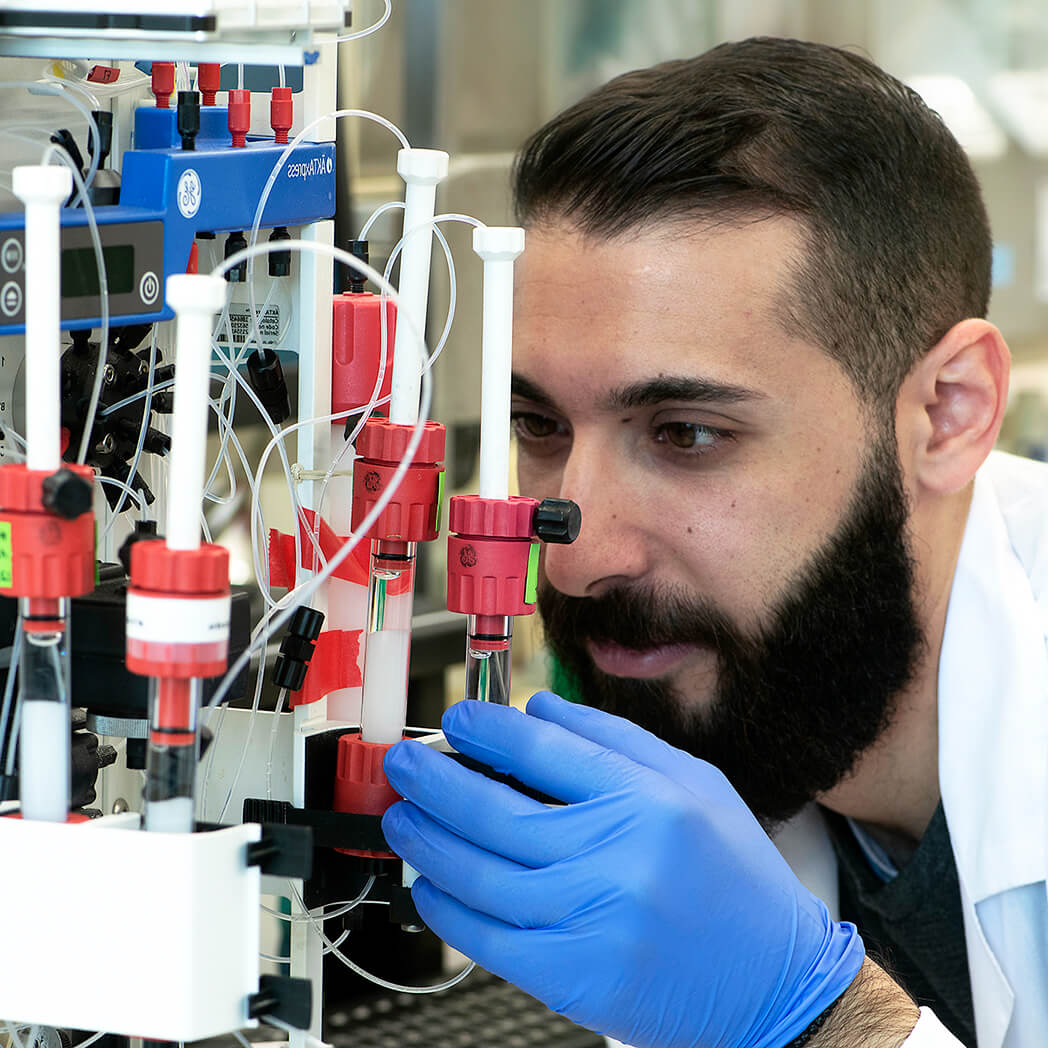Overview
Cat #:
Size:
1 mg
Lot:
C170CS011
Lyophilized Powder yes
Origin Mylabris phalerata (Chinese blister beetle).
Source Natural
MW: 196.2
Purity: >98%.
Effective concentration 100 nM - 1 µM.
Chemical name (3aa,4b,7b,7aa)-Hexahydro-3a,7a-dimethyl-4,7- epoxyisobe nzofuran-1,3-dione.
Molecular formula C10H12O4.
CAS No.: 56-25-7
Activity Cantharidin is a potent inhibitor of PP1 and PP2A (IC50 = 1.7 and 0.16 µm respectively)1.
References-Activity
- Honkanen, R.E. (1993) FEBS Lett. 330, 283.
Shipping and storage Shipped at room temperature. Product as supplied can be stored intact at room temperature for several weeks. For longer periods, it should be stored at -20°C.
Solubility DMSO or ethanol. Centrifuge all product preparations before use (10000 x g 5 min).
Storage of solutions Up to two weeks at 4°C or six months at -20°C.
Lyophilized Powder
For research purposes only, not for human use
Last Update: 30/03/2021
Specifications
Citations
Citations

